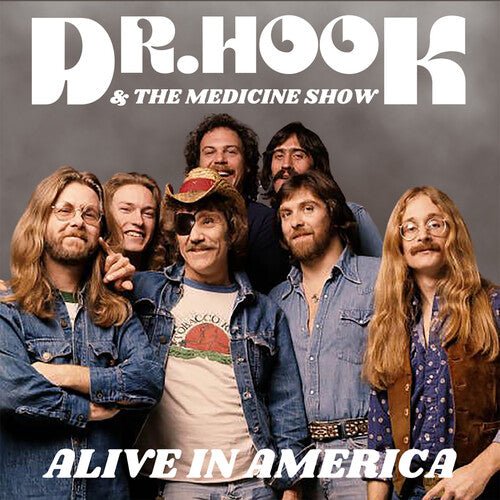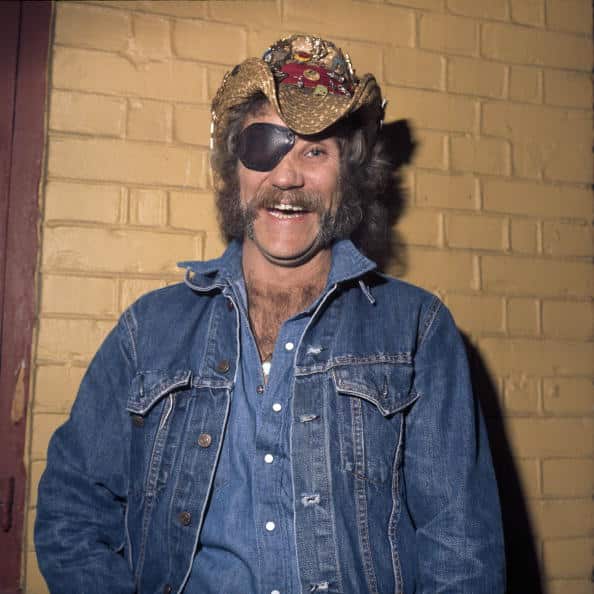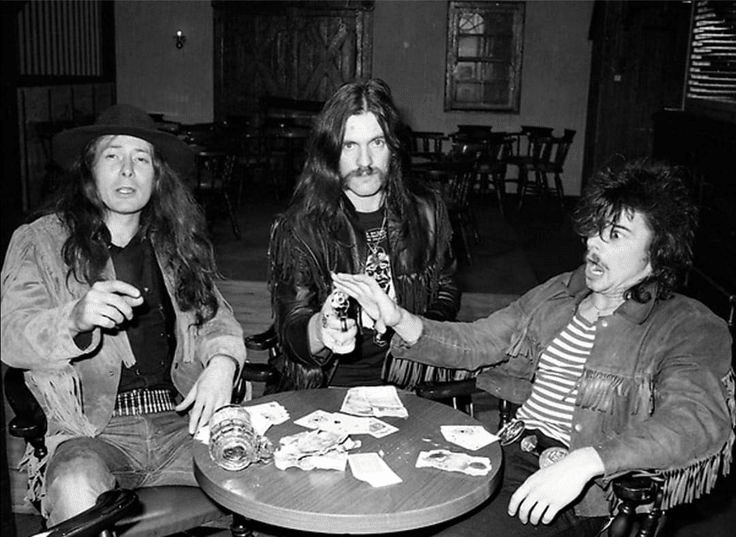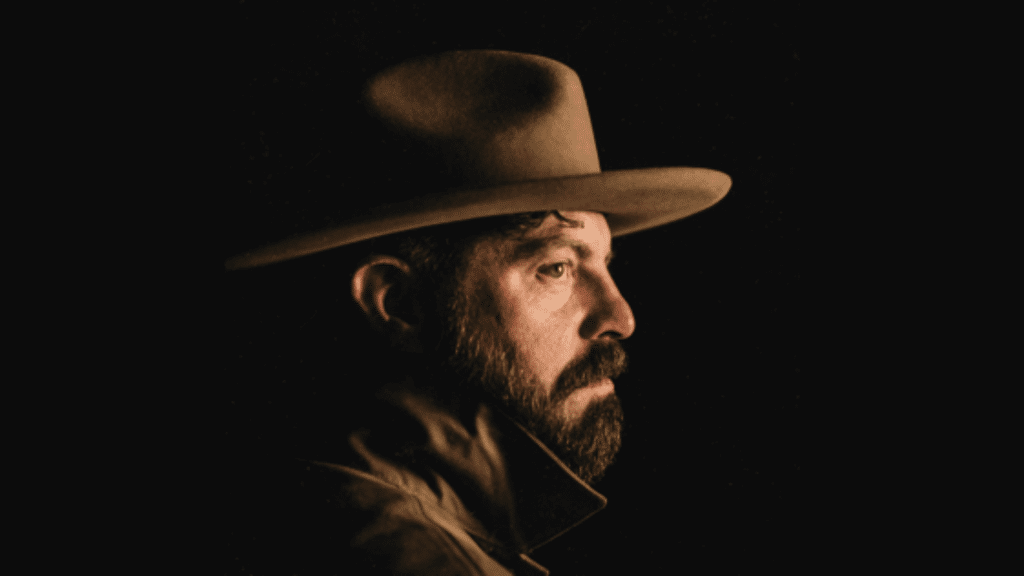Ray Sawyer, a key figure in the band Dr. Hook, left an unfading mark on the music world. His journey from a small-town music lover to a rock star is a tale of passion and resilience.
Sawyer’s distinctive voice and iconic eyepatch became synonymous with Dr. Hook’s unique sound and image.
This blog post explores Sawyer’s life and career, from his early influences in the American South to his rise to fame with Dr. Hook & The Medicine Show.
We’ll dig into the band’s formation, their breakthrough hits, the challenges they faced, and the lasting legacy they created.
Through it all, Ray Sawyer’s contributions shine as a testament to his talent and the enduring appeal of Dr. Hook’s music.
Join us as we trace the path of this remarkable musician and the band that captured hearts worldwide.
Ray Sawyer’s Early Life and Career

Ray Sawyer, a key figure in the band Dr. Hook, was born on February 1, 1937, in Chickasaw, Alabama. Growing up in the American South, Sawyer was surrounded by a rich tapestry of musical styles that would shape his future career.
Early Life and Inspirations
As a young boy, Sawyer was drawn to the sounds of country, blues, and early rock ‘n’ roll filling the Alabama air.
He often recalled listening to the radio and being fascinated by the performances of artists like Hank Williams, Chuck Berry, and Little Richard. These diverse influences would later contribute to Dr. Hook’s eclectic sound.
Sawyer’s upbringing in a working-class family taught him the value of hard work and persistence. Before his music career took off, he worked various jobs, including a stint as a logger in Oregon.
These experiences gave him a down-to-earth perspective that resonated in his music and stage presence.
Despite his later fame, Sawyer maintained a connection to his roots. He often spoke fondly of his childhood in Chickasaw, crediting the town’s supportive community for encouraging his early musical efforts.
This small-town background would later inform the relatable storytelling aspect of many Dr. Hook songs.
Sawyer’s journey from a music-loving kid in Alabama to a famous rock musician is proof of his passion and determination.
His early life experiences laid the groundwork for his unique style and persona to make him a memorable figure in 1970s popular music.
Formation of Dr. Hook & The Medicine Show

Ray Sawyer’s path to musical stardom took an unexpected turn in 1968. While working as a logger in Oregon, Sawyer was involved in a severe car accident that nearly cost him his life.
The crash resulted in the loss of his right eye, leading to the eyepatch that would become his signature look and a defining feature of Dr. Hook’s visual identity.
After recovering from his injuries, Sawyer reconnected with his former bandmates, George Cummings and Billy Francis, in 1968.
The trio had previously played together in The Chocolate Papers. Eager to start fresh, they formed a new band, bringing in Dennis Locorriere as their primary vocalist.
The group’s unique name, “Dr. Hook & The Medicine Show,” was inspired by Sawyer’s eyepatch. It playfully linked his appearance to the famous Captain Hook from Peter Pan, adding a touch of whimsy and theatricality to their image.
This name set them apart from other era bands and hinted at their quirky approach to music and performance.
Interestingly, despite being the visual inspiration for the band’s name, Sawyer wasn’t considered “Dr. Hook.” The band often joked that when fans asked which member was Dr. Hook, they would point to their bus driver.
This blend of humor and showmanship became a hallmark of their performances, helping endear them to worldwide audiences.
The formation of Dr. Hook & The Medicine Show marked the beginning of a musical journey that would see the band rise to international fame.
Ray Sawyer’s Journey with Dr. Hook & The Medicine Show

This part covers the formation of Dr. Hook, their rise to fame, and their early successes. It focuses on the band’s unique style, collaboration with Shel Silverstein, and Sawyer’s role in shaping their sound and image.
Breakthrough and Initial Success
Dr. Hook’s big break came when they caught the eye of CBS Records. The label saw potential in the band’s unique style and signed them in 1970. This led to the release of their self-titled debut album in 1971, marking the start of their rise in the music world.
The band’s first major hit, “Sylvia’s Mother,” came in 1972. With its mix of humor and heartbreak, this song struck a chord with listeners.
It climbed the charts quickly, becoming a million-seller and putting Dr. Hook on the map. Ray Sawyer’s distinctive vocals were key to the song’s appeal.
A significant factor in Dr. Hook’s early success was their work with Shel Silverstein, a well-known writer and cartoonist.
Silverstein wrote many of the band’s early songs, including “Sylvia’s Mother” and their next big hit, “The Cover of ‘Rolling Stone'”.
This partnership brought a unique lyrical quality to their music, setting them apart from other bands of the time.
Stage Presence and Public Persona
Ray Sawyer was known for his lively stage presence. His energy and charm during performances helped create a strong connection with the audience.
Fans were drawn to his authentic and approachable style, making each concert feel personal and engaging.
The band became famous for their fun and sometimes wild stage antics. With his eyepatch and cowboy hat, Sawyer was often at the center of these memorable moments.
Their shows were more than just music – they were full entertainment experiences that left lasting impressions on fans.
Iconic Hits and Albums
Dr. Hook produced several standout singles throughout their career. “The Cover of Rolling Stone” was a playful take on fame that ironically led to the band appearing on the magazine’s cover.
Other major hits included “Only Sixteen” and “When You’re in Love with a Beautiful Woman,” showcased the band’s ability to appeal to a wide audience.
The band’s music was hard to pin down to just one genre. They smoothly blended elements of country, rock, and pop. Their songs ranged from funny novelty tunes to heartfelt acoustic ballads and catchy soft rock numbers.
This variety in their music helped them stay relevant and popular throughout the 1970s and early 1980s.
Ray Sawyer’s distinctive voice and stage presence were key ingredients in making these songs come alive, both on record and in concert.
His contribution helped shape Dr. Hook’s sound and image, significantly influencing their enduring popularity.
Challenges and Evolution
This section covers the band’s financial struggles, resilience in the face of setbacks, and how they adapted to changing music trends. It also touches on the lineup changes and how the band maintained its identity through these shifts.
Financial Struggles and Bankruptcy
Dr. Hook faced significant financial troubles despite their chart success in the mid-1970s. The band’s carefree attitude, which worked well on stage, didn’t translate to good economic management.
By 1974, their spending habits and lack of financial planning led them to file for bankruptcy.
However, the band’s spirit remained unbroken. They continued to tour extensively, playing shows across the country.
Their dedication to their craft and fans helped them overcome this difficult period. Despite financial hardship, the band’s willingness to keep performing showed their true passion for music.
Changes in the Band
As with many long-running groups, Dr. Hook underwent several lineup changes. Some founding members left, while new talents joined the group. These changes brought fresh ideas and new energy to the band’s music.
One significant shift came when George Cummings, an original member, left in 1975 due to creative differences. The band chose not to replace him immediately, instead adapting their sound to work with fewer guitarists.
In the late 1970s, Dr. Hook’s music shifted towards a softer, more polished sound. This change coincided with broader trends in popular music, as disco and soft rock gained popularity.
The band’s ability to adapt their style helped them stay relevant in a changing musical landscape.
Ray Sawyer remained a constant presence through these changes. His distinctive voice and stage persona continued to be a defining feature of Dr. Hook’s identity, helping to maintain a connection with long-time fans even as the band’s sound evolved.
This period of change and adaptation showed Dr. Hook’s resilience as a band. Despite financial setbacks and lineup changes, they continued to create music and perform for their fans.
Their ability to evolve while maintaining their unique identity was key to their longevity in the music industry.
Legacy and Influence
The final part examines Sawyer’s lasting impact on music with Dr. Hook and his solo career. It discusses how the band’s music continues to resonate with new generations and their influence on other artists in the industry.
Enduring Impact on Music
Ray Sawyer’s contributions to Dr. Hook left a lasting mark on the music world. His unique vocal style and stage presence helped shape the band’s sound, influencing his peers and future generations of musicians.
Many artists have cited Dr. Hook as an inspiration, praising their ability to blend humor with genuine emotion in their songs. This skill, largely driven by Sawyer’s performances, showed that music could be fun and meaningful.
The band’s eclectic mix of styles, from country-tinged ballads to catchy pop tunes, demonstrated the value of musical versatility. This approach encouraged other artists to experiment with different genres and sounds.
Dr. Hook’s songs continue to resonate with listeners today. Their hits are still played on radio stations and featured in movies and TV shows, introducing new generations to their music.
This ongoing popularity speaks to the timeless quality of their work and Sawyer’s enduring appeal as a performer.
Continued Legacy
After Dr. Hook, Ray Sawyer initiated a solo career that allowed him to continue sharing his music with fans. From 1988 to 2015, he toured under the name “Ray Sawyer of Dr. Hook,” keeping the band’s spirit alive through his performances.
These solo shows allowed fans to hear classic Dr. Hook songs alongside new material. Sawyer’s engaging stage presence and distinctive voice ensured that these performances captured the energy of the band’s heyday.
The music of Dr. Hook continues to find new audiences through compilations and re-releases. Albums like “Greatest Hits” and “Collected” have introduced their songs to younger listeners, ensuring their legacy lives on.
There’s been renewed interest in the band’s work in recent years. Music streaming platforms have made their entire catalog easily accessible, allowing fans old and new to explore their lesser-known tracks alongside the hits.
Ray Sawyer’s impact on music extends beyond his time with Dr. Hook. His career serves as an example of longevity in the music industry, showing how artists can adapt and continue to connect with audiences over decades.
The enduring popularity of Dr. Hook’s music, driven largely by Sawyer’s contributions, stands as a testament to their unique place in rock history.
Their ability to create songs that remain relevant and enjoyable years after their release ensures that Ray Sawyer’s legacy as a musician will continue.
Final Thoughts
Ray Sawyer’s time with Dr. Hook is a memorable part of rock music history. The band’s story shows their hard work and musical talent from their early days to their big hits.
Sawyer’s unique voice and energetic performances were vital to Dr. Hook’s success, making them special among many other bands.
Even when facing money problems and changes in band members, they adjusted and stayed popular for years. New listeners still enjoy Dr. Hook’s music, proving its lasting quality.
Sawyer’s work after the band added to his music legacy. He continues to inspire new musicians, showing his wide-reaching impact.
Looking back at Sawyer’s career, we see more than just a skilled musician – we see a true performer who always loved creating music.




















